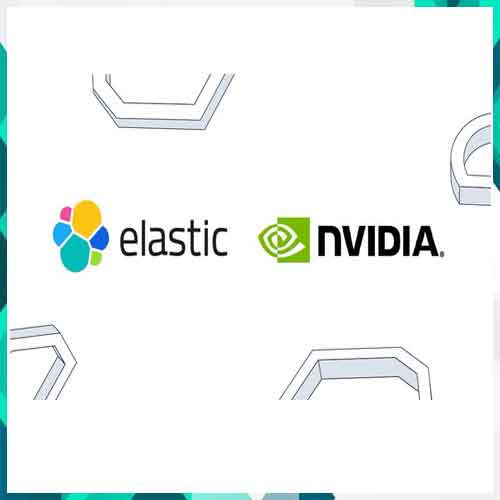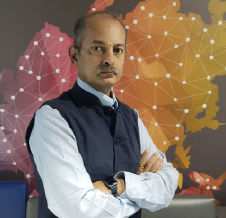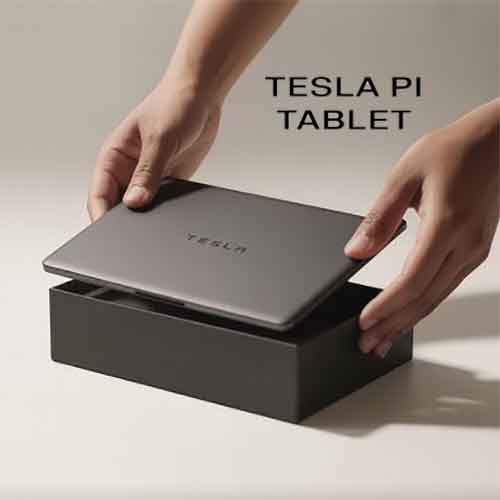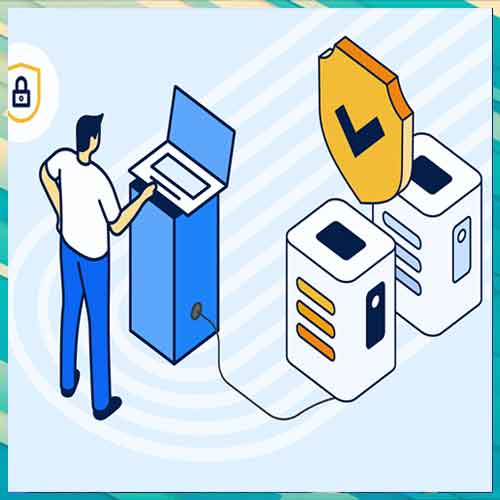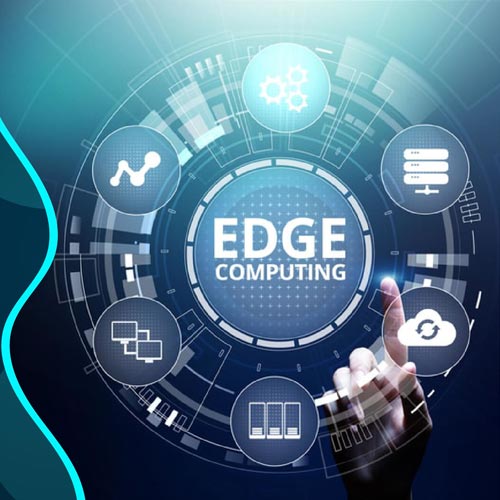
Edge data centres are located at the edge of the network. They are relatively smaller facilities placed close to the population they serve. And, their job is to deliver cached content and cloud computing resources to end-users. Edge computing is a distributed IT architecture wherein data is processed as close to the originating source as possible. This enables edge computing, which involves processing data and services as close to the end-user as possible. When it comes to 5G, a decentralised cell network composed of edge data centres will provide low latency in use cases involving high device density. Latency is a measure of the time between the sending of a piece of information and the corresponding response.
This also allows a company, say a telecom services provider, to improve its customer experience. Typically, edge data centres are connected to larger central data centres or even multiple data centres. The number of Internet of Things (IoT) devices is doubling every five years, creating security risks that must be mitigated. The use of cloud computing is exploding, with enterprise applications migrating to the public cloud and organizations becoming more cloud-native in their deployments. as hyperscale cloud providers develop solutions to distribute their cloud capabilities closer to the edge.
Gartner expects more than 15 billion IoT devices will connect to the enterprise infrastructure by 2029. Corporate, guest, trusted and untrusted devices all pose a risk to the enterprise if I&O leaders do not properly coordinate when and how they will be connected.
It is not uncommon for IT organizations to find IoT devices on their networks that they did not install, secure or manage themselves. These are the devices that can be hacked in as little as three minutes, with breaches taking six months or more to discover. Edge computing platforms are software and hardware that enable a zero-touch, secure, distributed computing architecture for applications and data processing at or near the edge. Centralized, cloud-hosted management coupled with a growing portfolio of common cloud and edge capabilities puts hyperscale cloud providers in a good position to address a broader range of requirements for computing closer to the edge. Still, by year-end 2023, only 20% of installed edge computing platforms will be delivered and managed by hyperscale cloud providers (an increase from less than 1% in 2020).
Now it is driven by increased edge computing, hyperscale cloud deployments, and the shift to remote work, the perimeter is now everywhere, dramatically increasing the attack surface. More than ever, organizations need a security platform that can meet the demands of today’s digital businesses and dynamic network environments.
See What’s Next in Tech With the Fast Forward Newsletter
Tweets From @varindiamag
Nothing to see here - yet
When they Tweet, their Tweets will show up here.








